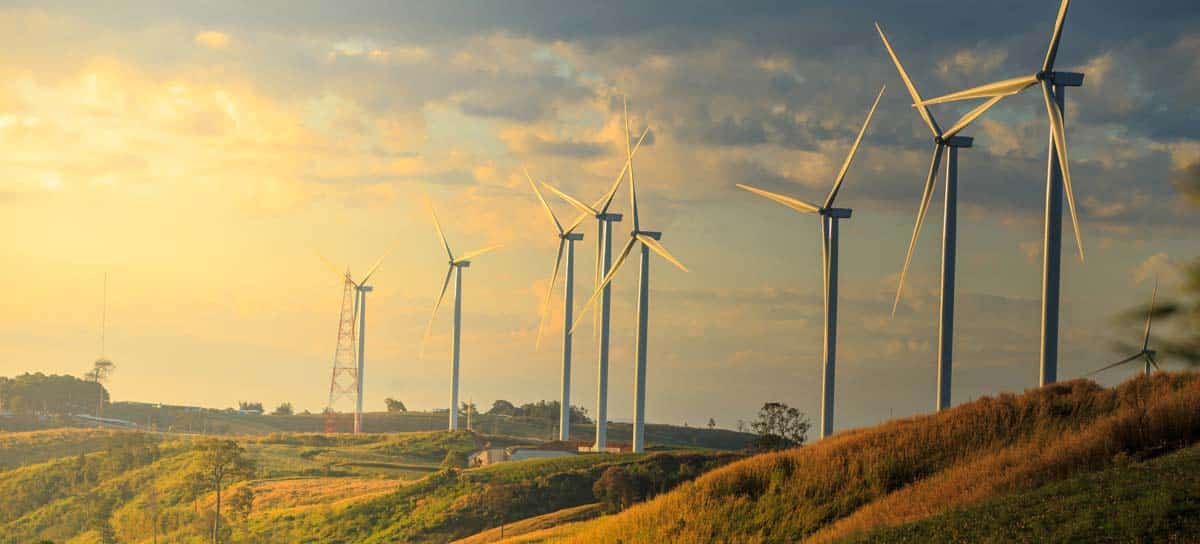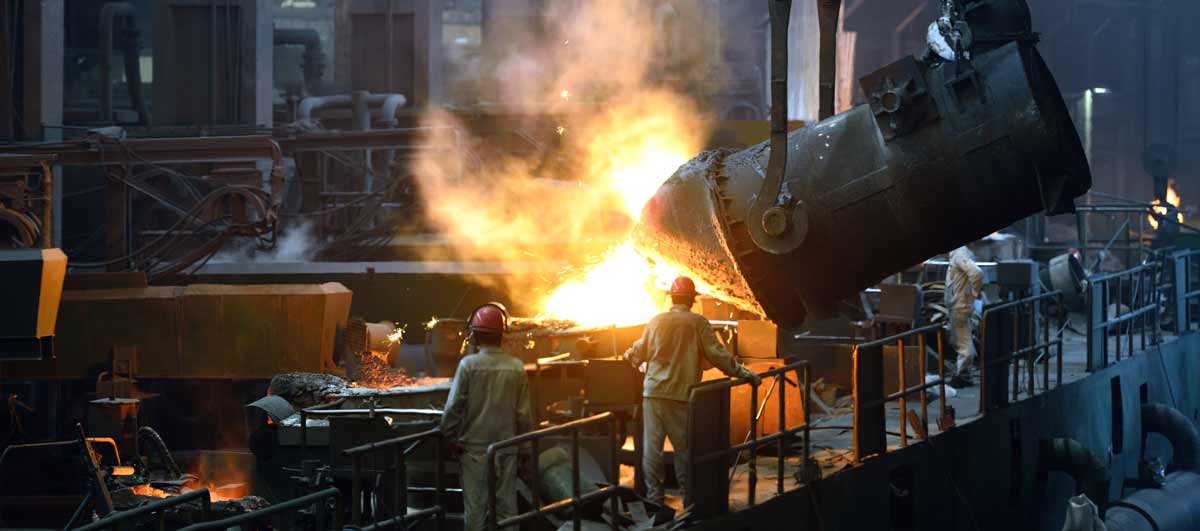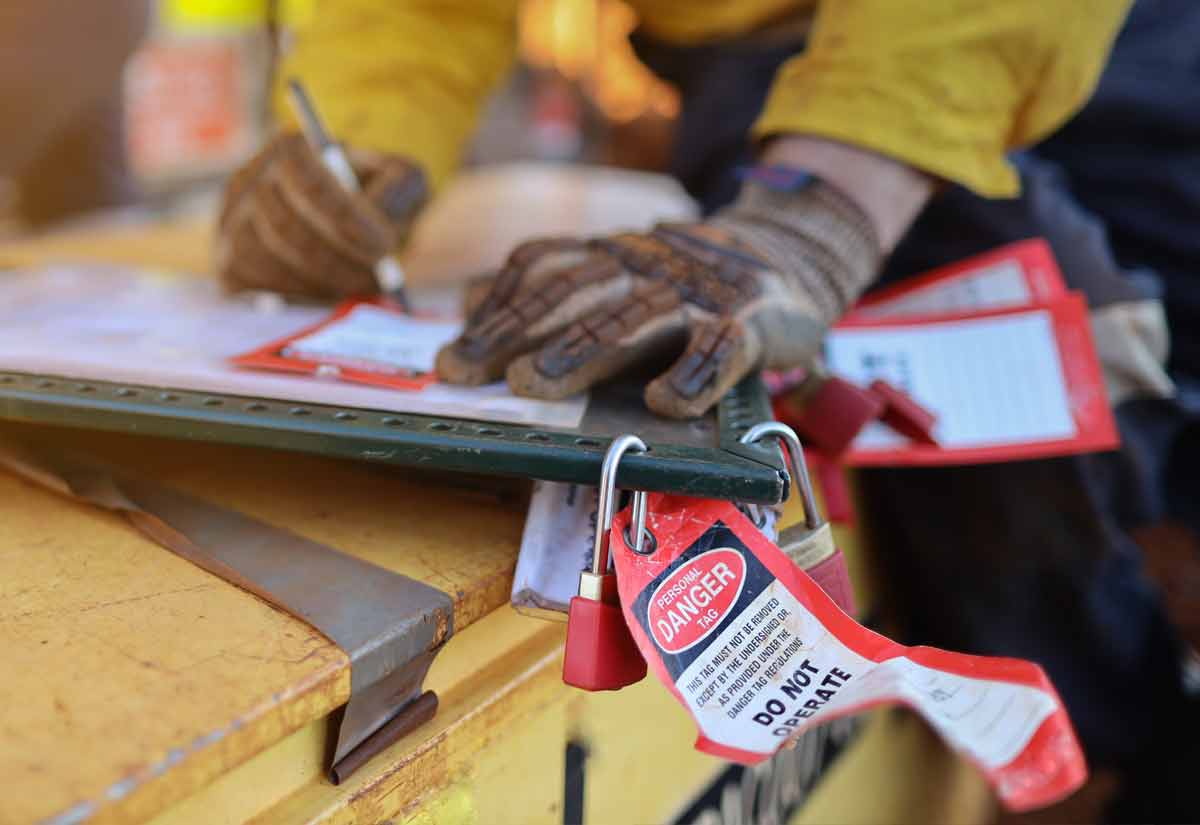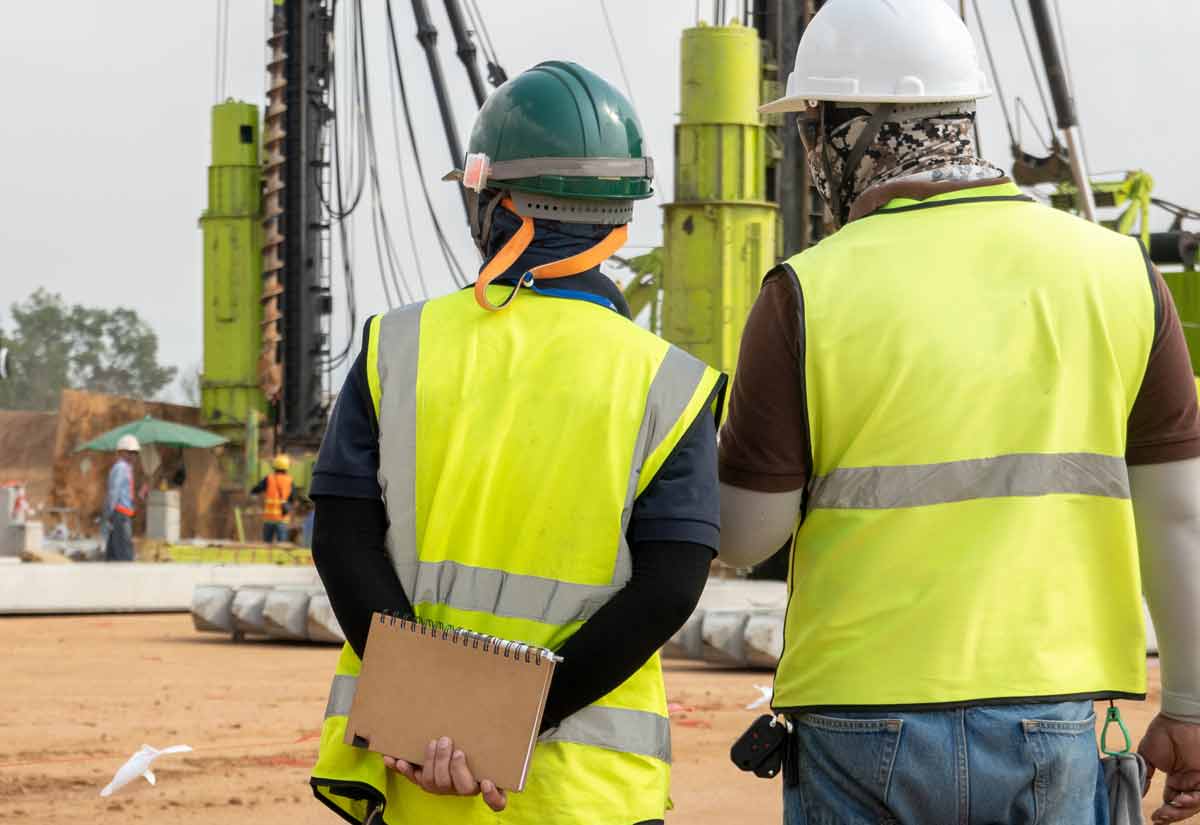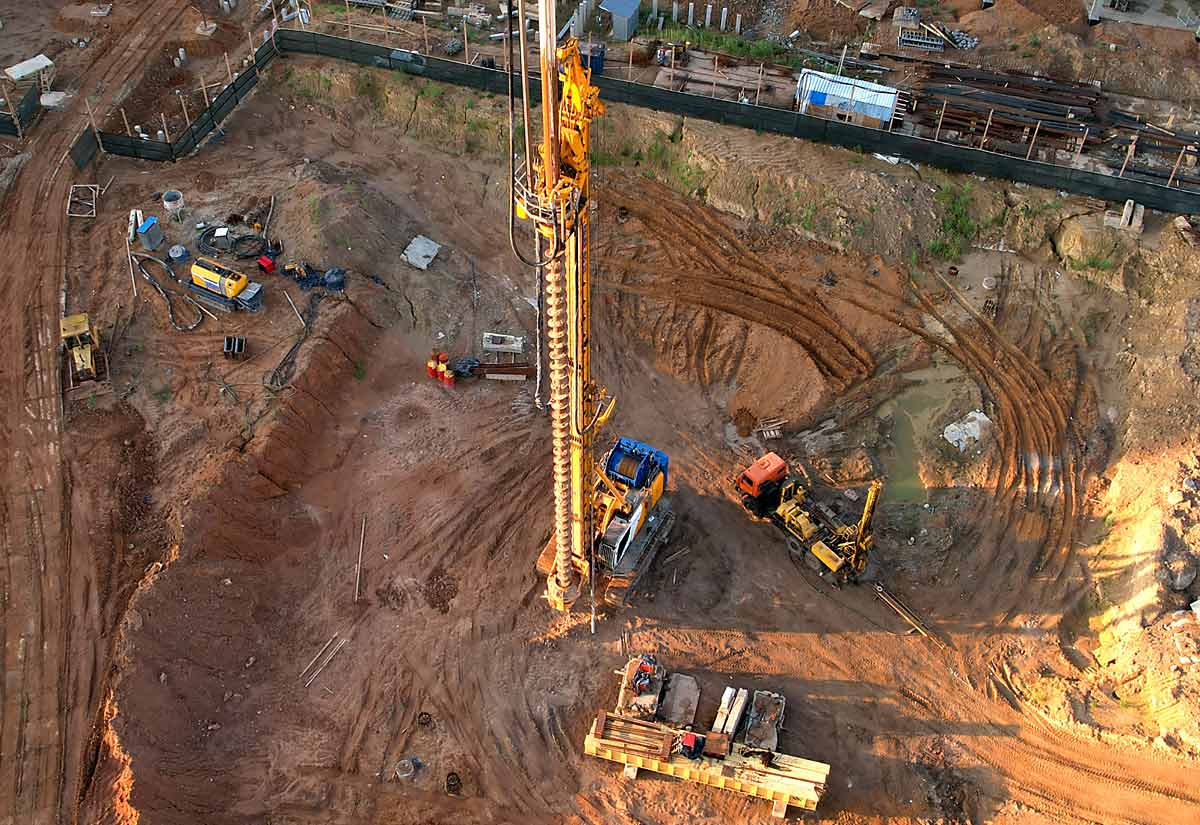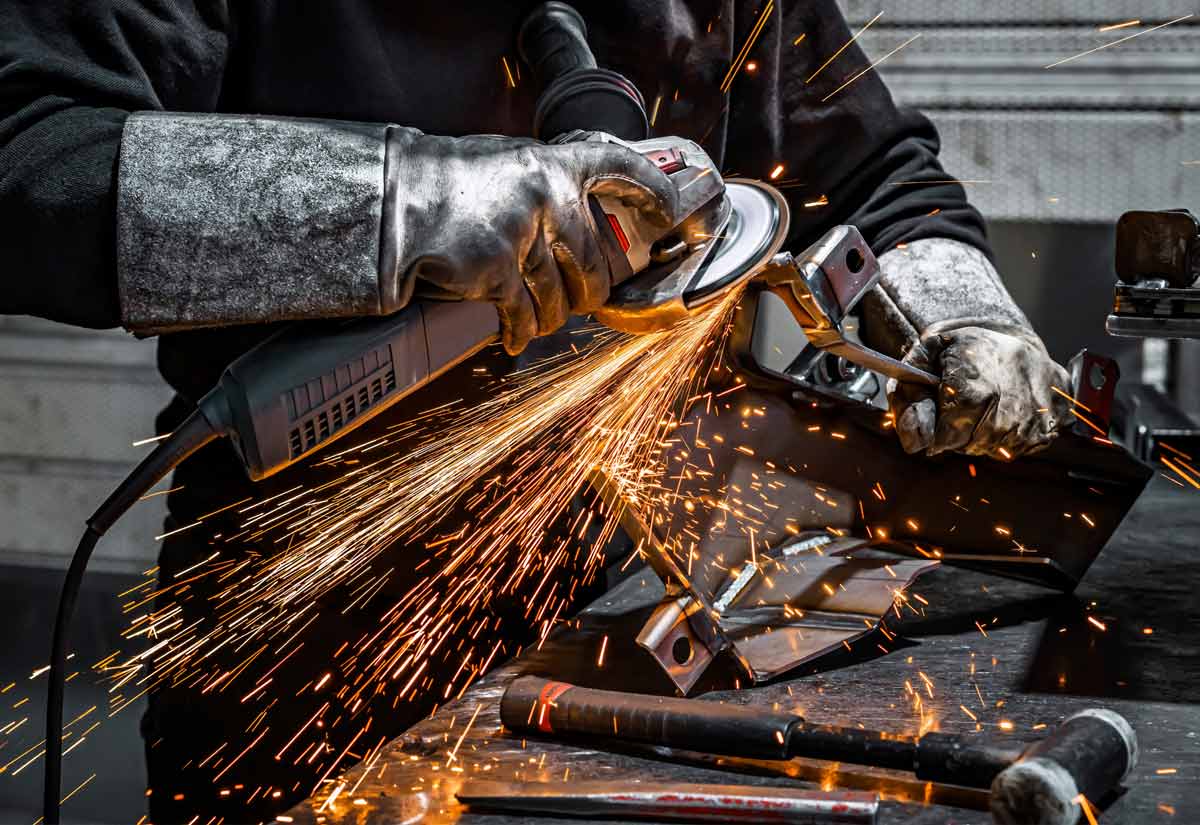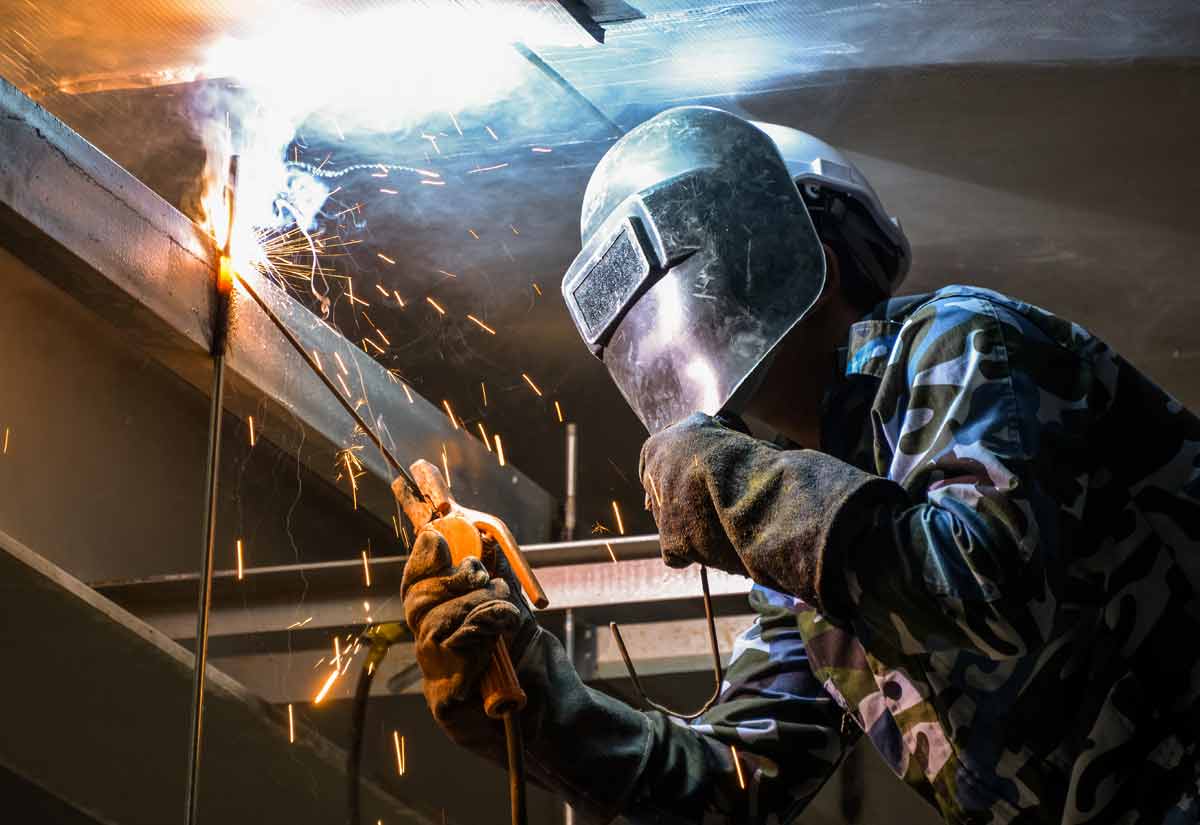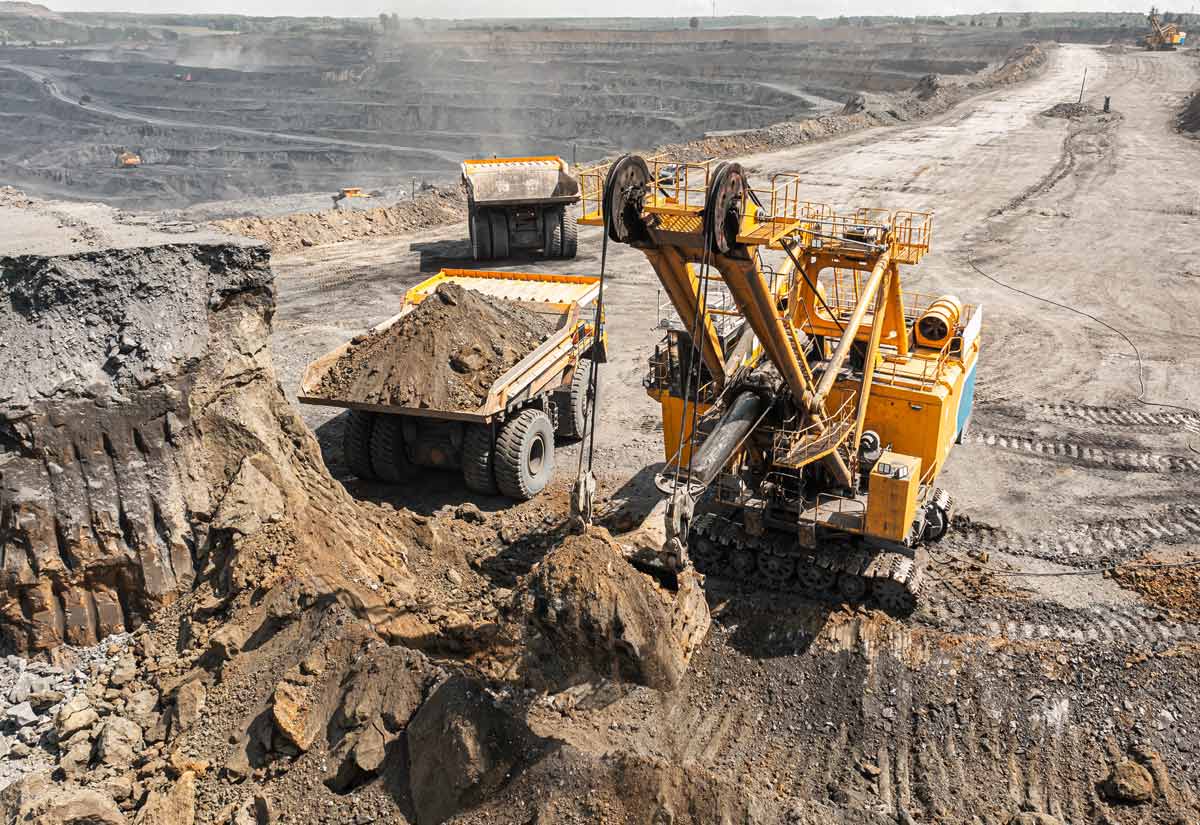Resource Erectors Industry Watch: February 2022 Part 1
The consensus in the industrial world by February 2022 seems to regard 2021 as the year when companies across the board “got serious” about hitting ambitious Scope 1 and Scope 2 “carbon-zero” benchmarks. Corporations are ante-ing up with millions on the green energy table backed up by engineering boots on the ground. But are these hefty green gambles doomed to failure?
It surely seems that the lessons of overreliance on unreliable sun and wind power sources have been forgotten. Or perhaps real-world “green grid” failures are simply being ignored by c-suite boardrooms equipped with green-tinted glasses for all?
Scope 1 and Scope 2 benchmarks seem to have replaced profit and reliable production as the top priorities in industry.
Scope 1 emissions are generated by using coal, coke, natural gas, or oil in any production process. That includes smelting of aluminum, steel, lead, zinc, and copper, to name just a few essential raw materials.
Scope 2 emissions are those associated with the source of the grid power used in the production process. Wind, solar, geothermal, and hydro-power sources are the preferred solutions. Nuclear power is certainly a viable zero-emissions alternative, but under the thumb of the Green Giant, the word “nuclear” is as obscene to the greensters as their favorite archdemons, “carbon dioxide”, or, dare we say it, “coal”.
Scope 3 emissions are those generated by the end-user of a product, such as an automotive factory using smelted aluminum or steel. Producers wisely steer clear of setting “scope 3” benchmarks since they have no control over their customers’ power usage or the byproducts and emissions of their production processes.
Before we get into the latest “green smelting” proposals for essential metals and “solar-powered” clinkers for the concrete sector (that may turn out to be clunkers) in Part 2, let’s look at the Green Giant’s track record and “scope” out some green energy reality.
It’s not so jolly.
Rolling Brownouts and the Big Freeze Shutdown: When the Green Giant Runs Amok
California: From the Golden State to the Rolling Brownout State
To paraphrase one manufacturing CEO on his way out of California, we can’t just shut down production of essential minerals and materials every time there are cloudy windless days.
Rolling blackouts, or “brownouts”, are the harrowed energy provider’s last resort, the desperate damage control tactic that shows just how close an over-stressed California power grid is to plunging over the edge into complete collapse. We reported on that sad situation for California industries victimized by California’s wind farm worship policies way back in 2020.
Brown state residents are preparing to sweat it out in the dark yet again this summer of 2022, while the state blames “climate change” for all its troubles. Meanwhile, the sad brown state is one of the natural resource richest in the country, sitting atop abundant deposits of clean-burning natural gas.
“As the cleanest-burning hydrocarbon, natural gas can help improve air quality by reducing carbon emissions into the atmosphere – if it is used more for both electrical generation and transportation.” Barnett Shale Energy Education Association
But natural gas happens to be classified as a “hydro-CARBON”, so it’s duly demonized by the carbon slayers of the Green Giant cult. And even an abundant, nation-leading supply of natural gas is no guarantee against overly-green optimism when it goes black.
Energy Shakeup in Texas: The Leading US Windpower Producer
The Texas energy industry underwent an executive-level shake-up for the same type of impractical “green thinking” that led to the Lone Star state’s power grid failure. The notorious Big Freeze of 2021 struck the country’s most energy-hungry state just about a year ago now.
Texas makes more wind power than any other state, and they also produce more natural gas and oil than any other state. If anyone in the US could expect dependable energy security and resource redundant reliability it would be the energy-rich but equally voracious energy-consuming Texans, right?
So when 10 million Texans lost power last February, which quickly resulted in water, food, and heat shortages there was no doubt that energy sector heads would roll. Power failures caused by over-reliance on “sustainable renewable energy” led to natural gas wellheads freezing, not to mention the shivering Texans themselves.
The dismissal of two of the state’s most powerful energy regulators quickly followed. The Texas Lt. Governor summed up the impractical green thinking that ended up with two green heads rolling;
“The Electric Reliability Council of Texas fired its CEO Bill Magness and two days before, the head of the Texas Public Utility Commission DeAnn Walker resigned following a call for change by Lt. Gov. Dan Patrick, who said ERCOT and the PUCT had “hoped for the best instead of planning for the worst.”- Texas’ Big Freeze: The 2021 Power Crisis and the Lessons Learned One Year Later
Or perhaps these cases of putting the cart before the horse are strategically ignored by overly optimistic green idealists looking to attract equally green-washed minds to the investment table? While wind and solar power can make some significant contributions to the power-hungry Texas grid, they are more suitable as supplemental sources to back up abundant, clean-burning natural gas, not the other way around.
The Industrial Green Giant in 2022: Part 2 Preview
Producers of concrete, steel, lead, zinc, copper, and just about any other material essential to building and maintaining a robust infrastructure are the industrial scapegoats continuously under fire from the not so jolly Green Giant of global environmental policies.
Not a few engineers are recognizing over-reliance on green power as a risky, impractical proposition, one that has demonized carbon dioxide to the point that the entire economy and global power grid are small sacrifices to be offered at the altar of “net-zero” worship. In part 2 we’ll look at the call for 100% renewable energy use in the smelting industry, and an ambitious goal set by the Cemex and Synhelion R&D teams to “achieve our goal of delivering only net-zero CO2 concrete by 2050.”
About Resource Erectors
We place decades of heavy industry recruiting and placement experience at your disposal when it’s time to build your organization’s next dream team in mining, aggregates, concrete, civil construction, engineering, construction materials, manufacturing, and more. We help you avoid the high costs of essential vacancies that pile up each day important positions go unfilled.
If you’re an experienced heavy industry professional at the top of your game it may be time to make a move up the career ladder, to six-figure salaries and competitive employment packages that are truly commensurate to your talents and abilities. When you’re ready to make a move you’re ready for Resource Erectors so contact us today and we can all get to work.

